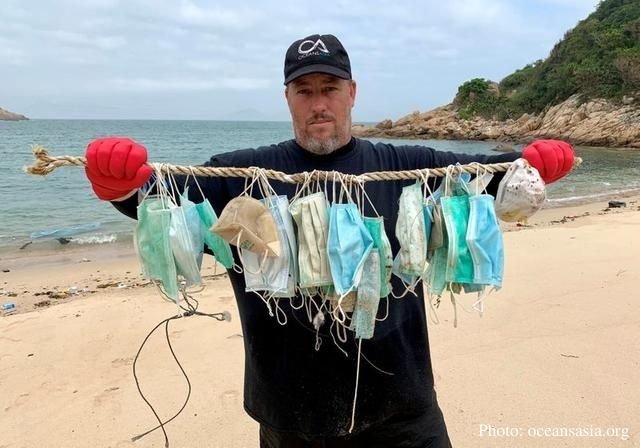A trap you might have fell into
Greenwashing is when companies want to mislead their customers that they are helping the environment with their products, which in fact is just a lie.
For example , the big scandal of volkswagen! If you don’t remember here’s the story!

In 2015 volkswagen declared that their cars pollute the air less than usual , but later on they admitted to cheating emissions tests by fitting various vehicles with a “defeat” device — a proprietary software that could detect when it was undergoing an emissions testing, altering the performance to reduce the emissions level, all while touting the low-emissions features of its vehicles through marketing campaigns. In truth, however, these engines were emitting up to 40x the allowed limit for nitrogen oxide pollutants.
More explanation:
As the time goes by , customers started choosing a sustainable lifestyle by buying , using and eating green , eco-friendly or recyclable products. Companies that wanted to fulfil their customers desires , intentionally or unintentionally announced that their product are environment-friendly and do not harm the environment , which if you go to the details you will figure out that it actually isn’t.
The scenario completely changes in companies that want to deceive their customers to earn more profit. in this case companies spend hundreds and millions of dollars on marketing , advertising , renaming and labeling their products as green instead of actually turn them into green products.
companies will claim that they are “saving the planet ” that in fact it can not be saved but it needs to change.
For instance the recyclable plastic!( we want to skip “hard scientific terms ” and explain it in simple ) In order to make recyclable plastic companies need special chemicals and for the products to actually get recycled they need special circumstances which in real life none of them will happen. so green plastic or recyclable plastic is just a normal trash and it pollutes the environment in a same way as normal plastics do!
Some written examples for greenwashing:
- A plastic package containing a new shower curtain is labeled “recyclable.” It is not clear whether the package or the shower curtain is recyclable. In either case, the label is deceptive if any part of the package or its contents, other than minor components, cannot be recycled.
- An area rug is labeled “50% more recycled content than before.” The manufacturer increased the recycled content from 2% to 3%. Although technically true, the message conveys the false impression that the rug contains a significant amount of recycled fiber.
Here comes the question that how can we avoid greenwashing traps:
Here are the top ten things you can do to avoid greenwashing by selling sustainability
- Fluffy language: Words or terms with no clear meaning (e.g., “eco-friendly”)
- Green products vs. dirty company: For example, efficient light bulbs made in a factory that pollutes rivers
- Suggestive pictures: Images that give an (unjustified) green impression (e.g., flowers blooming from exhaust pipes)
- Irrelevant claims: Emphasis on one tiny green attribute when everything else is anti-green
- “Best-in-class” boasts: Declaration that you are slightly greener than the rest, even if the rest are pretty terrible
- Designations that are just not credible: For instance, the “greening” of a dangerous product to make it seem safe (“eco-friendly” cigarettes, anyone?)
- Gobbledygook: Jargon and information that only a scientist could check or understand
- Imaginary friends: A label that looks like a third-party endorsement … except it’s made up
- No proof: A claim that could be right but has no evidence
- Outright lies: Totally fabricated claims or data
- https://www.investopedia.com/
- https://medium.com/
- https://www.businessnewsdaily.com/
- https://www.theguardian.com/











